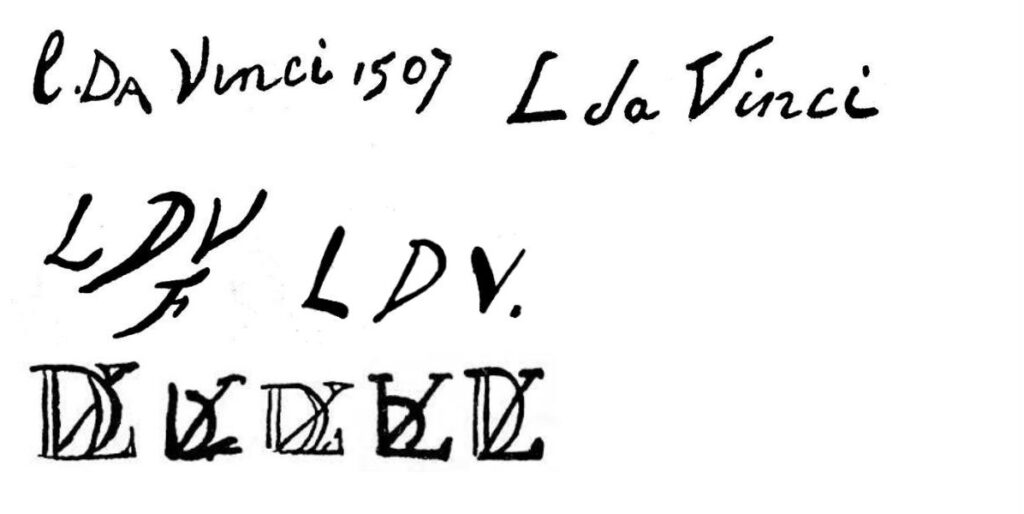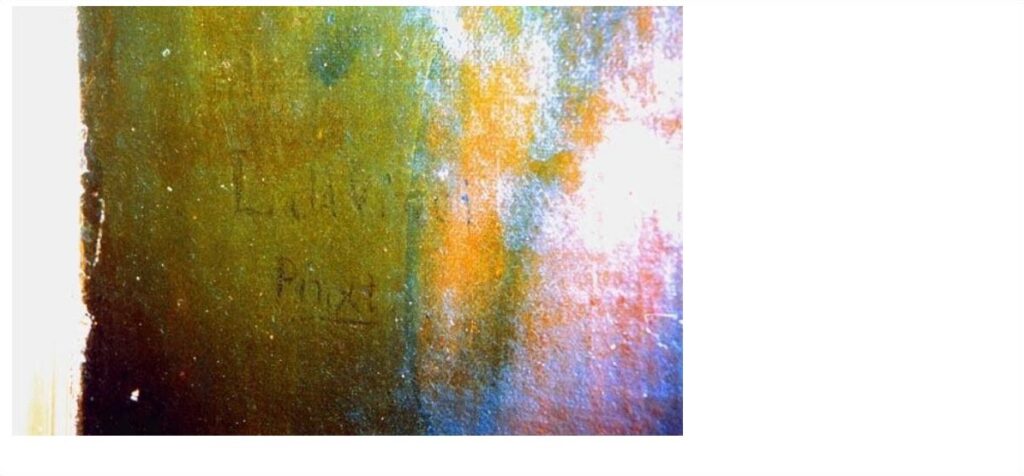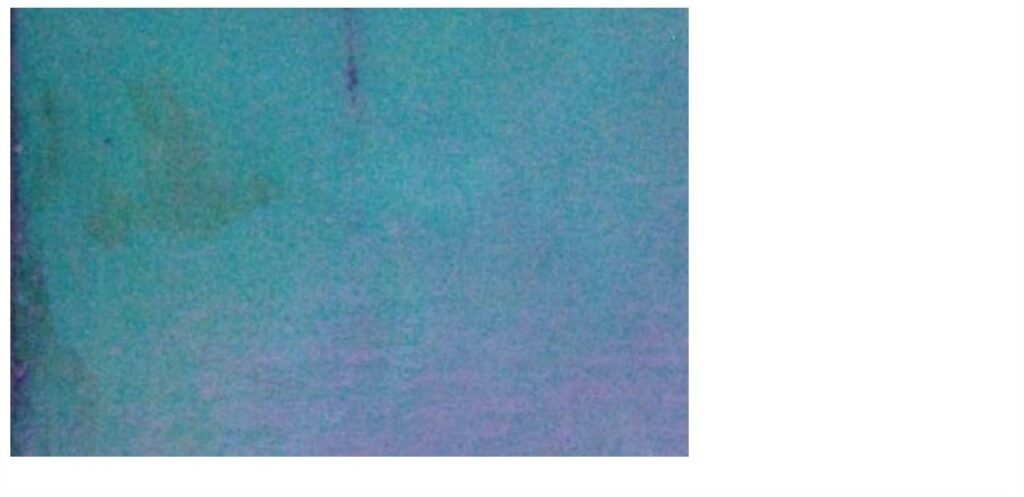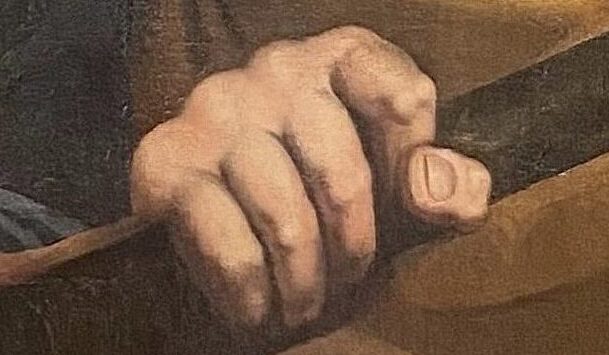
UV/IR photography report
Ann-Marie Mild
Studio Västsvensk Konservering
Dnr: KU 2020-01196
Date of report: 2020-07-02

Report
Introduction
This report deals with ultraviolet, reflected UV and infrared photography of a painting depicting the Roman emperor Domitian. It has previously been x-rayed here at SVK. It was then pointed out that additional information could be obtained by means of analytical photography. A rather indistinct signature can be discerned just below the right elbow. The question of whether it could really be a painting by Leonardo Da Vinci? Survey carried out on behalf of the owners. Images are in the report but are also sent as JPEG files to the customer. Red IR photos have been converted to grayscale in the report.
Subject
The painting depicts the Roman emperor Domitian (Domitianus). According to information from the client, the picture of Domitian was the last in a series of 12 portraits of Roman emperors. The first eleven portraits are said to have been painted by Titian in the 1530s, while it is unclear who painted the twelfth portrait. The series is said to have been sold later from England to the Spanish royal house and burned during the 18th century, but, according to the customer, there is uncertainty about this.
The painting of Domitian was sold in the 1920s by an English auction house as a painting by Titian. The painting is lined and retouched, unclear when and by whom. A 14C dating has been done and a research engineer at the laboratory writes: ”Unfortunately, the dating ends up in a non-linear area. The probability is higher that the canvas is from the late 15th century than the late 16th century, more than that we probably cannot say”.
A faint signature ”L da Vinci, Pinxt (or Pnixt)” can be seen below the man’s right elbow. Depending on the light source, this is more or less visible.
Purpose, method and questions
When was the signature added? Did Leonardo Da Vinci sign the painting or was the signature painted on at a later time? Is the painting retouched? Is there any information that cannot be seen with the naked eye? By absorbing filtered light in the infrared range, an image of what lies deeper below the surface can be created. However, this depends on what is on the surface and what information is underneath. An underlying drawing may become visible or retouches and overpaintings can be more easily distinguished.
Analyses
Photography in ultraviolet light: Photo taken without a filter, i.e. the ultraviolet fluorescence emitted by different materials creates an image different from the one we see in daylight. An older varnish gives a milky blue iridescent layer, while a brand new varnish does not fluoresce. Shellac shines orange while, for example, cellulose lacquers shimmer in green. New retouches and oil paints do not fluoresce either. However, some pigments can light up. Organic compounds can usually be detected by illumination in UV light. Later restorations appear as dark areas in relation to aged original varnish. UV fluorescence can reveal varnishes of natural resins as they glow in UV light. Retouches can be revealed on top of an older varnish as oil paint and new varnishes do not fluoresce. Retouches therefore often look like dark spots on the varnish. Pictures can also be taken with so-called reflected UV light. A filter is then placed in front of the lens that filters out all visible light but lets UV light through in the shorter wavelengths.
Photography in infrared light: Near infrared radiation is the part of the electromagnetic spectrum that is right at the edge of visible light. During this photography, the painting was illuminated with eight lamps of 500 watts (4000 watts in total), visible light is filtered out so that the reflected IR radiation remains and hits the camera’s image sensor. The pictures taken with the Nikon D70 and three different filters of the Kodak Wratten type Latin filter, 87, 87B and 89B in a fixed holder in front of the lens. There was not much difference in results between the different filters.
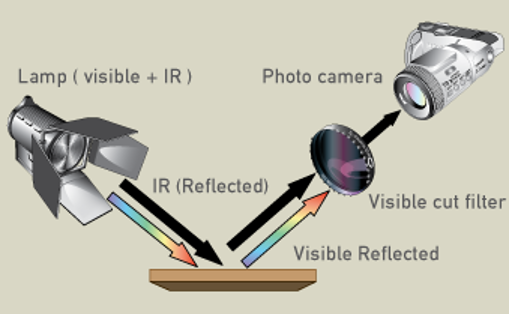
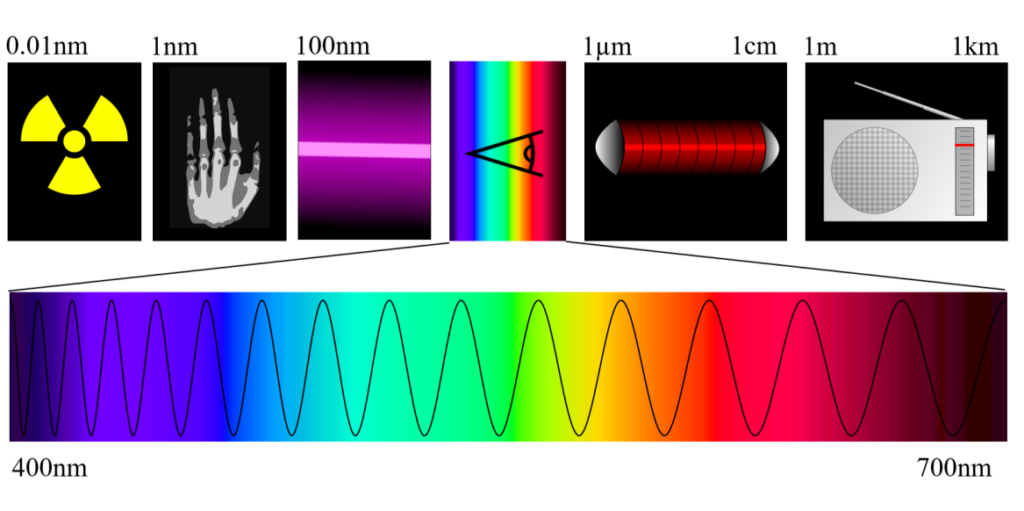
Results and observations
A previously carried out X-ray examination shows that there have been painted on, for example, laurel leaves on the wreath around the head, as they appear differently in transillumination. This is also the case with details in the costume. As the signature is applied in a dark color, almost black, it does not stand out on the X-ray images. The painting appears to be overpainted on parts of it. The painting is lined and has plenty of retouching.
Photography in ultraviolet light (UV) shows that basically the entire painting is covered by an aged varnish, a natural resin. A milky light reflection from the fluorescence of the varnish covers the painting. What deviates can be distinguished as darker spots on the surface. These become visible in UV lighting as oil paint and later applied varnish do not fluoresce. In this case, it is a matter of retouching and loss of color, primarily a vertical tear appears on the left in the image. Just above the signature there are some brushstrokes with a brownish varnish or transparent paint, these spots may have been added later as they have a different fluorescence. They are just above the signature’s first letter L but do not cover it. No interventions have been made on the part where the signature is found which means the signature was added before the old varnish was put on. The signature area has not been touched since the last restoration as the varnish is uniformly aged over the entire area. However, we do not know when it was restored and not whether the signature was painted during this restoration or earlier.
Reflected UV light did not provide any useful information at all so we did not proceed with that.
Photography in infrared (IR) shows retouches more clearly than in visible light. However, no underlying painting or drawing is visible. This is better seen on the X-rays. However, the part of the painting where the signature is located does not appear to have been retouched. This part is not changed, however the signature may have been painted on during a previous restoration or it may have been there before. Nothing speaks against that the signature has been there from the beginning. The signature is most certainly under the current varnish.
Pictures
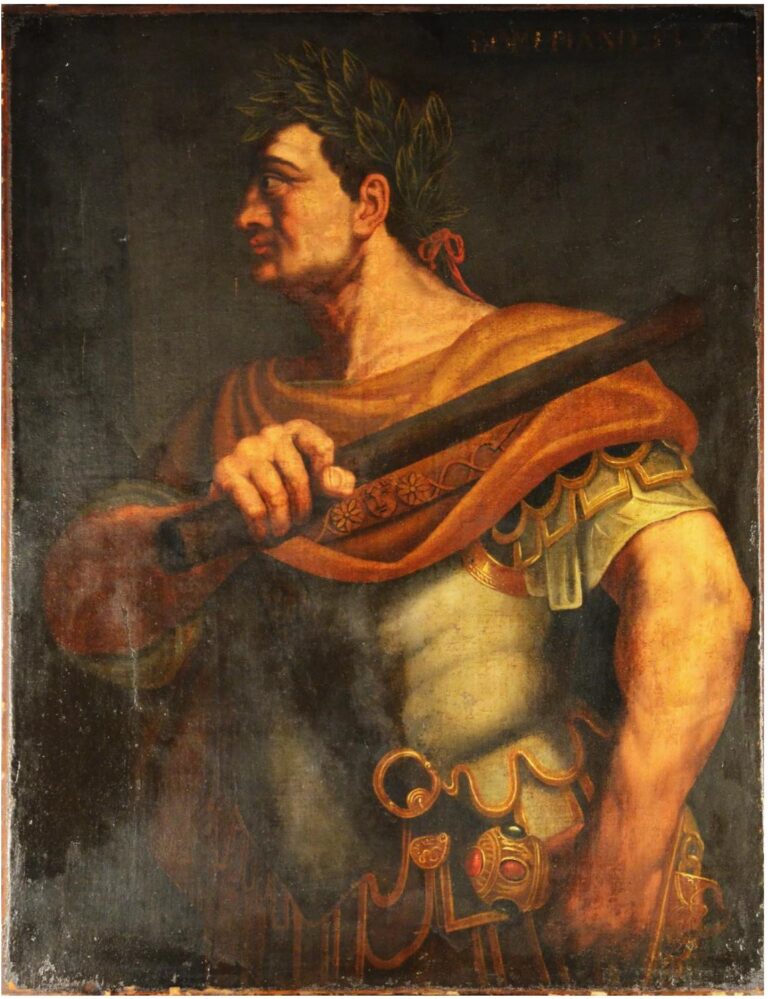
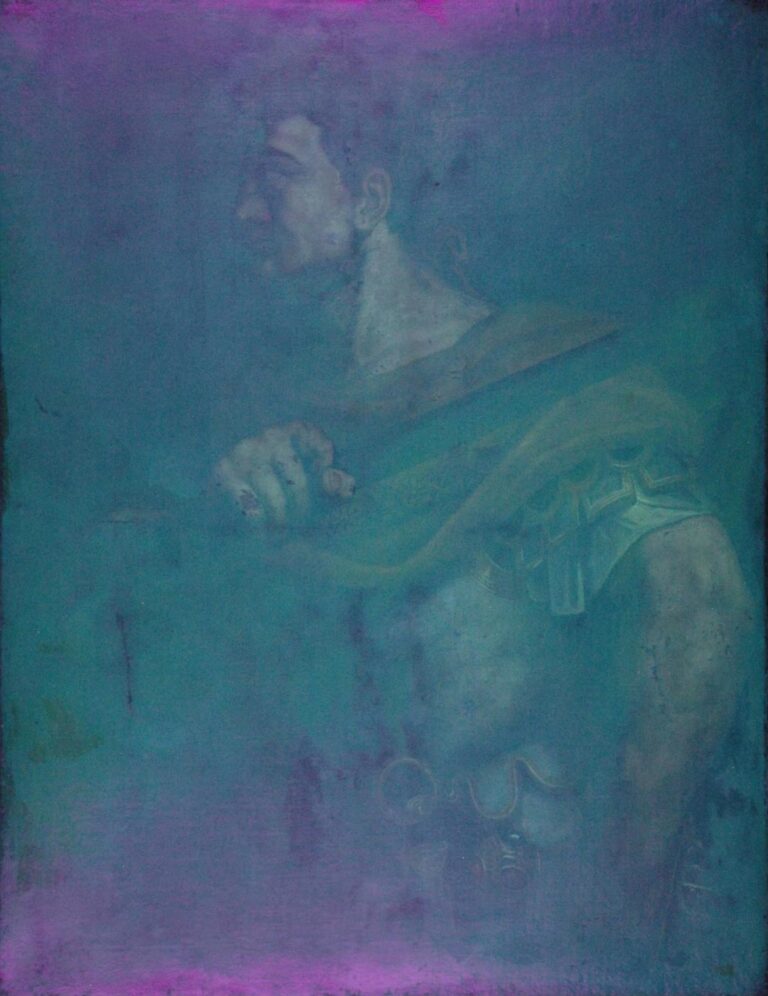
lighting. Some minor damage and retouches are visible as darker areas. For example, the vertical tear to the left.








